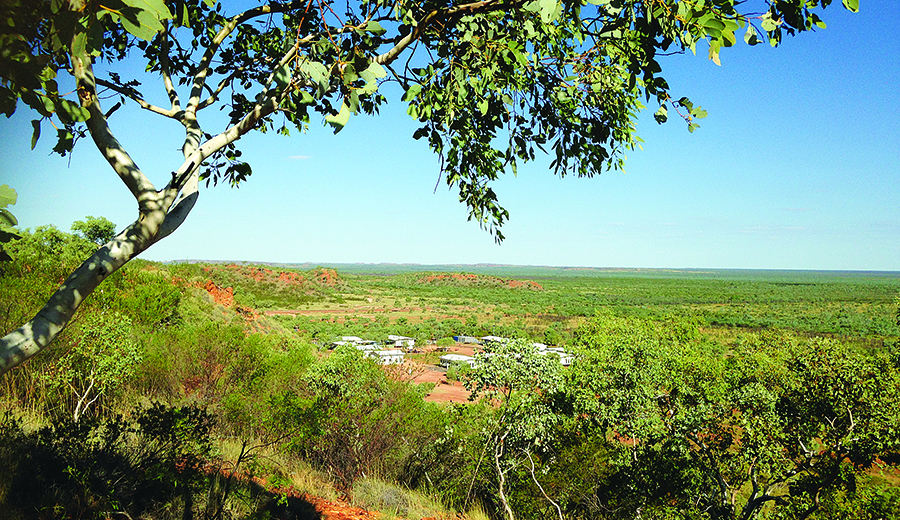Have Your Say on the new draft Ten-Year Western Davenport Water Allocation Plan
The Department of Environment, Parks and Water Security is commencing public consultation on a suite of documents that complement the draft Western Davenport Water Allocation Plan 2023-2033.
The Western Davenport Water Control District covers an area of almost 24,500 square kilometres in central Australia to the south of Tennant Creek.
The district has large groundwater resources and has been subject to land, water and biodiversity studies.
The first water allocation plan for this area was established in 2011. The draft plan is the fourth water allocation plan for the district and will be in effect for 10 years.
Water allocation plans are established under the Northern Territory’s Water Act 1992, and provide the basis for preserving water for environmental and cultural uses and for allocating water for public drinking water supplies and for development in a region.
The draft plan was informed by robust debate and comments through the Western Davenport and Ti Tree Water Advisory Committee. Appointed by the Minister, the members of this Committee include Aboriginal, horticultural and environmental groups, remote community suppliers, NT Farmers Association, community interests, and the Central Land Council.
The draft plan proposes a reduction in the water available for development from the previous plan, reducing the estimated sustainable yield for the Central Plains management zone from 87,720 ML/year to 81,500ML/year. The draft plan increases the protection for groundwater dependant ecosystem through specific rules on location, volume and rate of extraction of groundwater.
Other key comments and concerns raised through the Committee have been addressed in the draft plan. The objectives of water sharing have been strengthened, along with more detail on how these relate to risk and adaptive management to ensure water resources are managed in a sustainable and resilient manner over the long term.
The draft plan also includes an additional review trigger based on water use (70% actual use) rather than just time based as required in legislation.
The draft plan will operate in conjunction with accompanying documents, water licences and permits. It preserves the majority of water in the district for environmental and cultural purposes as its first priority.
The plan describes the sustainable volume of water that can be taken for different beneficial uses.
These beneficial uses include water for industry, horticulture and agriculture, mining and petroleum activities, stock and domestic use and public drinking water. The draft plan continues the commitment to set aside water for Aboriginal economic development in the region by reserving 25,677 ML per year in the Aboriginal water reserve.
Landholders in the area who want to extract more than 500ML/year will have to meet certain conditions to ensure that unacceptable impacts on environmental and cultural values do not occur.
Throughout the life of the plan the department will work with the Central Land Council and Traditional Owners by establishing an Aboriginal Reference Group. This group will ensure that Aboriginal cultural values and knowledge are understood, key groundwater dependent sites are further defined, and specific cultural protections are developed for future inclusion in the plan.
Consultation is open until 14 May 2023.
Find out more about the plan and have your say by visiting: haveyoursay.nt.gov.au/water-management
Quotes from Andrew Johnson, chairperson, Western Davenport and Ti Tree Water Advisory Committee
“I would like to thank my fellow committee members who have contributed significant time and expertise towards the drafting of this new Water Allocation Plan documents”.
“Our robust meetings facilitated thoughtful and respectful discussions that have resulted in a draft Water Allocation Plan that aims to consider and serve the various interests of the area including the environment and economic development.
“I encourage anyone directly impacted by this draft plan to read it and provide comment and suggestions on ways to improve the plan.”

